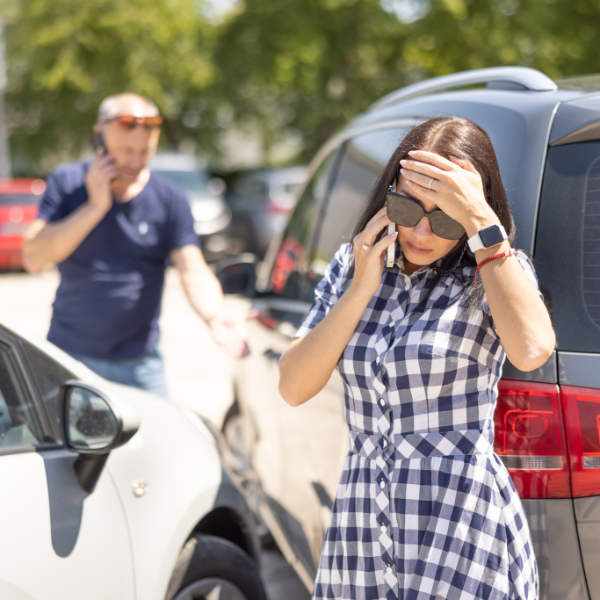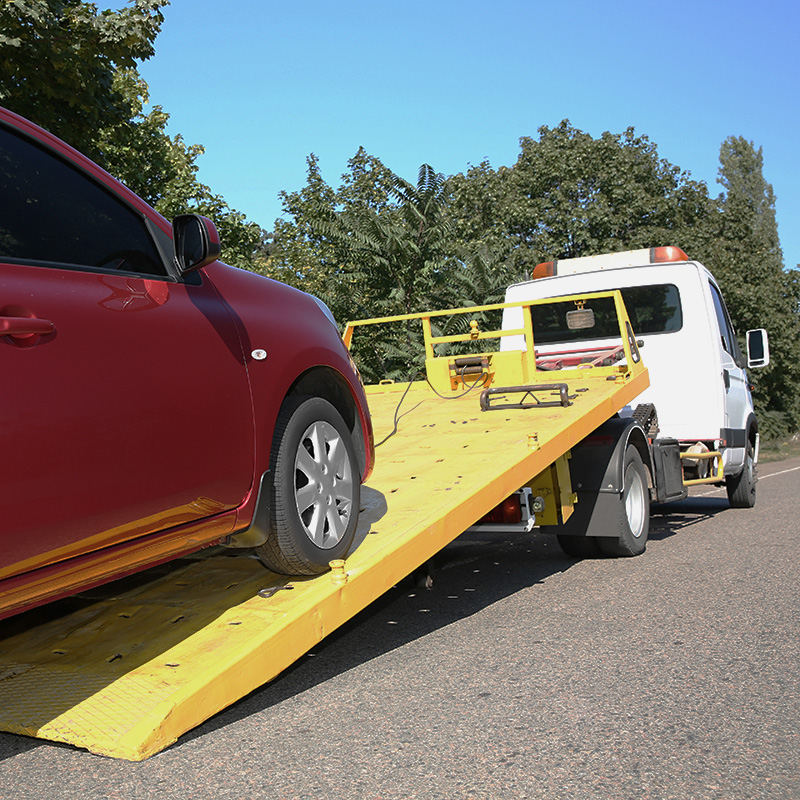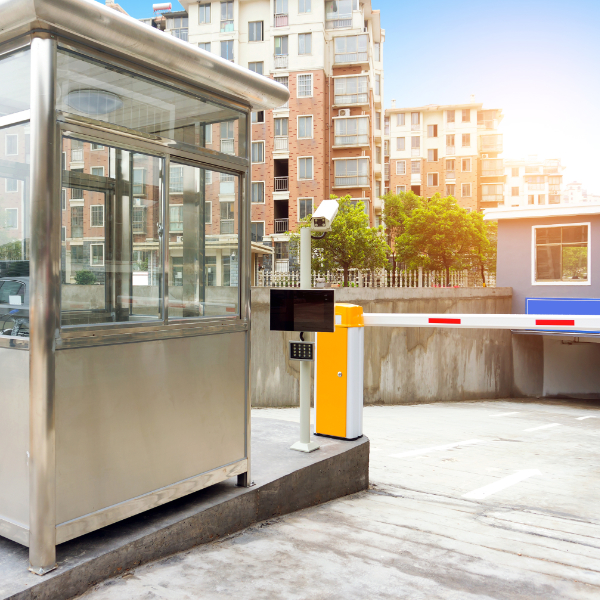How the System Works
The vehicle includes an exterior speaker, video camera, and microphone system that enables a remote representative of the vehicle to see and communicate with people located outside the vehicle.


When self-driving vehicles are involved in accidents, having a human vehicle representative at a call center speak to accident participants and emergency personnel is essential.
There are many other situations where a human vehicle representative at a call center speaking to people outside the vehicle is extremely helpful. For example, a human vehicle representative can talk to traffic enforcement officers, tow-truck drivers, parking attendants, road-rage instigators, and others.
The key is a system that enables a human representative (at a call center) to speak with police officers, tow-truck operators, etc. when necessary. Although a human representative located in each vehicle is too inefficient, a human representative for every 100 or more vehicles is economical. This human representation enables autonomous vehicles to integrate into a world full of humans.
We would love to enable you to integrate these helpful features into your autonomous vehicles.
vehicle crashes per year in the U.S.1
vehicles pulled over by police every day in the U.S.2
vehicle towing employees in the U.S.3
The vehicle includes an exterior speaker, video camera, and microphone system that enables a remote representative of the vehicle to see and communicate with people located outside the vehicle.



About 5.2 million vehicles accidents occur each year in the United States.1 Although self-driving vehicles can avoid many accidents, inevitably some accidents will occur (including accidents caused by the human drivers of other vehicles).
When an accident occurs, the remote human representative can communicate with the people involved in the accident and can communicate with law enforcement officers to make the post-accident experience as smooth as possible for everyone involved.

Why would a police officer pull over an autonomous vehicle? Autonomous vehicles don't make mistakes, right? Police pull over more than 50,000 vehicles every day2 in the United States. Here are just a few of examples of why autonomous vehicles are pulled over:
Each of the more than 12,000 local police departments in the U.S.3 will have to decide how to deal with pulling over vehicles that don't have a driver. Until a universal procedure is adopted by all 12,000 local police departments (and additional sheriff departments and federal agencies), a remote human representative of the vehicle will sometimes need to speak with police officers to ensure smooth integration of autonomous vehicles into existing traffic enforcement procedures.

Over 59,000 people are employed in the U.S. with one primary goal: to tow your vehicle.4 Vehicle towing is a lucrative business with over seven billion dollars in revenue per year.5 Many tow-truck operators regularly patrol parking areas hoping to make hundreds of dollars in less than an hour by finding a parked vehicle to tow.
Of course, autonomous vehicles need to park. In some cases, autonomous vehicles push parking norms by circling many times or waiting curbside for a rider to arrive. This behavior creates tension with parking enforcement personnel, and in some cases, may lead to opportunistic towing. (The towing industry is infamous for jumping at the chance to make money by towing a vehicle.) A remote human representative of the vehicle can explain the vehicle's behavior, defuse tension with parking personnel, and reduce odds of the vehicle being towed.

Few urban parking areas are compatible with autonomous vehicles. While this will surely change over time, we cannot delay the rollout of autonomous vehicles until the highly fragmented parking industry installs compatible hardware. Human representation of the vehicles enables many current urban parking areas to serve autonomous vehicles.

Each year in the U.S., approximately 7.6 million drivers get out of their vehicle to confront another driver.6 In these intense situations, a remote human representative can help deescalate the situation to reduce the risk of harm to passengers or the autonomous vehicle.
While many people are excited to share the road with autonomous vehicles, some people are skeptical of autonomous vehicles and may be quickly angered by their presence. Remote human representation can help ease tensions with human drivers.
The vehicle includes a microphone and a speaker to enable a person located outside the vehicle to talk with a person at a call center (who is trained to help in the situations described above).
In some cases, the communication with the call center is not initiated by detecting a voice of a person located outside the vehicle but instead is initiated by identifying a need for a call center representative to speak with someone outside the vehicle.
The vehicle also includes a video camera that can record events outside the vehicle. The system can send a communication from the vehicle in response to the vehicle identifying a need for a person at a call center to communicate with someone outside the vehicle. The video camera enables the person at the call center to see what is happening outside the vehicle.
The vehicle includes a display screen that faces outward such that the display screen enables the person located outside the vehicle to see video of the vehicle's representative at the call center. The video camera and the display screen allow the person outside the vehicle and the person at the call center to see each other as they communicate about the situations described above.